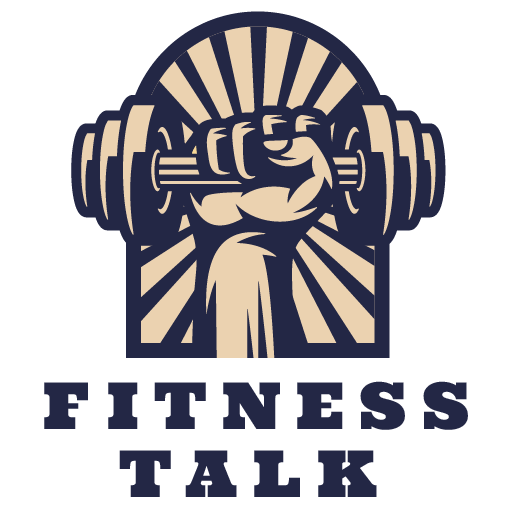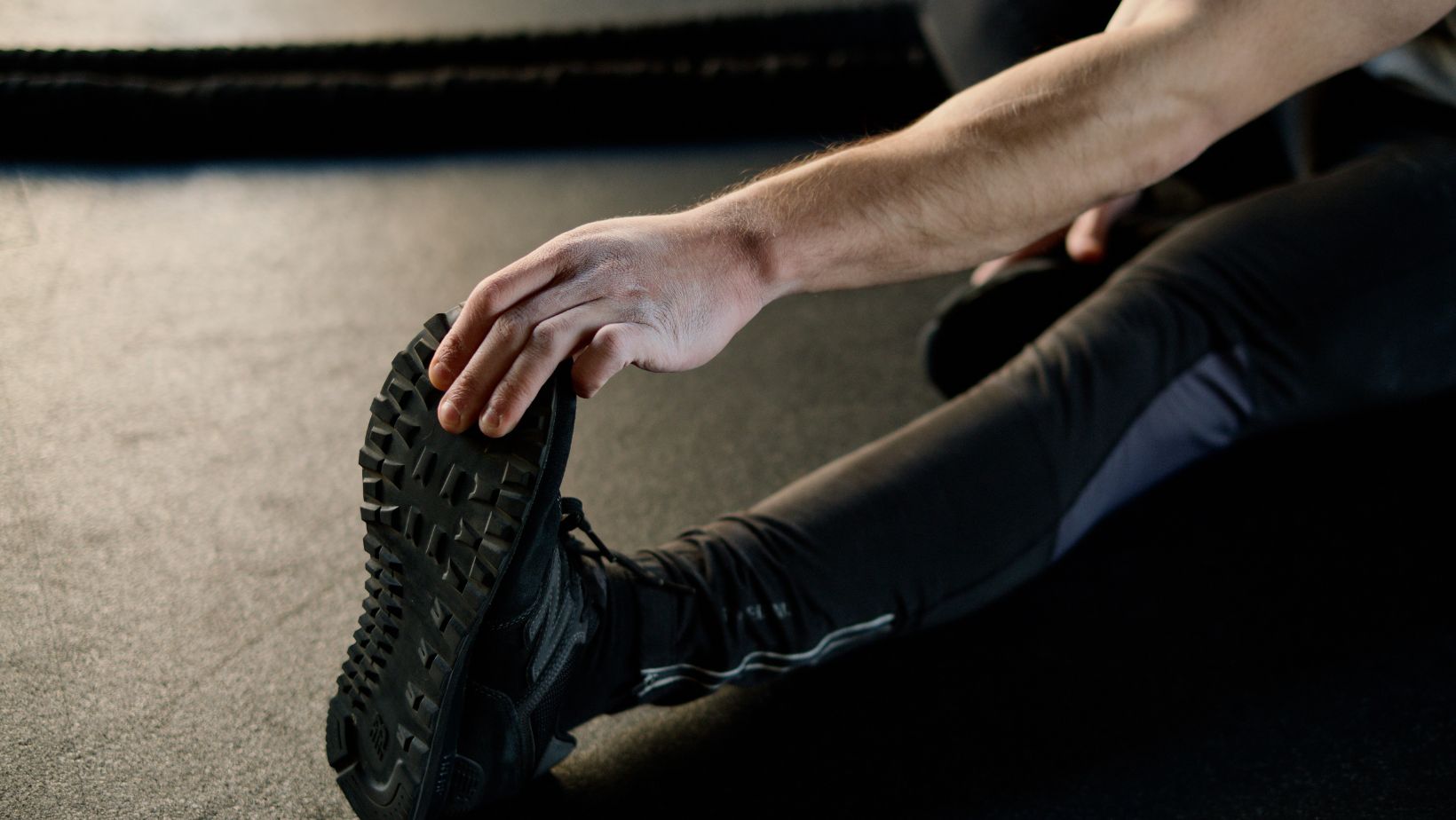
Balancing cardio and strength training doesn’t require complicated formulas or strict gym schedules. It’s more about making steady choices that fit your daily life. Whether you’re training for fitness, managing your weight, or looking to feel stronger and more energized, combining both types of movement brings noticeable results.
Most routines lean too heavily one way. Runners often neglect strength work. Gym-goers focused on lifting might overlook heart health. Each on its own can support progress, but together they provide a more complete picture of physical wellbeing.
Small shifts in your weekly plan can create a structure that’s sustainable, adaptable, and genuinely enjoyable to stick with.
Cardio: More Than Just Endurance
Cardiovascular exercise supports heart health, improves stamina, and plays a role in overall energy levels throughout the day. It doesn’t need to mean long-distance running or back-to-back spin classes. Walking at a brisk pace, cycling short distances, or using a rowing machine for ten minutes all count.
Pacing matters more than intensity for many people. A mix of steady-state cardio and intervals works well for most. That could be something as simple as alternating between fast and moderate paces during a walk or ride. Shorter bursts keep it fresh and help boost aerobic capacity without overwhelming recovery time.
Some people use fitness trackers or apps to monitor heart rate zones. While helpful, they’re not essential. Listening to your body, noting your breathing, and building up gradually works just as well for consistency and progress.
Why Strength Training Deserves Equal Focus
Muscle supports joint stability, posture, and long-term mobility. Strength training isn’t limited to weightlifters or athletes. It includes bodyweight exercises like squats, lunges, push-ups, or resistance band work. These movements support daily function, not just gym performance.
Adding two to three short strength sessions per week can help reduce injury risk and improve how your body handles other forms of exercise. Even brief circuits using household items or light weights can create noticeable benefits.
For those with limited time, compound movements offer the best return. Exercises that work multiple muscle groups at once, like deadlifts or kettlebell swings, help maximize output in shorter sessions.
Combining Both Without Burnout
A balanced approach doesn’t mean doing everything every day. It means organizing workouts in a way that allows your body to recover while still progressing. One simple way is to alternate between strength and cardio-focused days. Or to combine them within a single session through interval formats.
For example, a 30-minute workout could start with bodyweight strength moves, then transition into a short cycling session or brisk outdoor walk. This helps activate different systems without placing too much strain on one.
Some commuters naturally include movement in their daily rhythm. Those who cycle part of their journey and then walk or train the rest of the way are building fitness without setting aside extra gym time. For anyone aiming to improve their routine while staying practical, mastering bicycle commuting offers both flexibility and function. It supports cardiovascular health, fits into packed schedules, and supports the kind of consistent movement that matters most.
Recovery Is Part of the Plan
Progress depends on more than just activity. Muscles need rest to rebuild, and the nervous system benefits from low-effort days. Without breaks, performance often plateaus or dips.
Recovery doesn’t mean being inactive. It might involve walking, mobility drills, or light stretching. These allow movement without overloading the body. Sleep also plays a major role in how well you bounce back. Getting enough rest each night helps manage soreness and supports energy levels.
Hydration, nutrition, and mental focus all influence recovery. Including simple habits like drinking water regularly, eating enough protein, and reducing distractions before bed can make a difference, especially when training frequently.
Creating a Routine That Fits Your Week
Fitness should fit into life, not take it over. That starts with being realistic about time, energy, and the type of training that feels doable. Some people thrive on early morning sessions, while others perform better in the evening. There’s no ideal slot, just what works and can be repeated.
A basic weekly format could look like this:
- Monday – Bodyweight strength
- Tuesday – Brisk walk or cycling
- Wednesday – Rest or mobility
- Thursday – Resistance training (bands or weights)
- Friday – Steady-state cardio
- Saturday – Mixed session or outdoor activity
- Sunday – Recovery walk or rest
This is just a template. It can be swapped around depending on how the week feels. The goal is consistency, not perfection. Even three well-paced sessions a week can improve energy, focus, and mobility if repeated over time.
Tracking sessions in a notebook or simple app can help identify patterns. It also builds motivation when looking back to see progress.
Using Movement to Support Mental Focus
Physical training isn’t just about building muscle or improving stamina. Movement also affects how clearly you think, how well you manage stress, and how balanced you feel day to day. It’s common to notice that a short walk or a workout session helps shift mental fatigue or boost motivation.
Cardio sessions, especially those done outdoors, often help with focus and mood. Even low-intensity activity can help regulate stress responses and improve sleep quality. These effects aren’t always immediate, but they build up over time with regular activity.
Strength training offers similar benefits. It encourages discipline, improves posture, and supports energy throughout the day. For many, it also introduces structure, helping create rhythm in otherwise unpredictable routines.
This doesn’t mean every session needs to be intense or long. Just 20 to 30 minutes of focused movement can support clearer thinking and better decision-making, both inside and outside of training. Making that space in your day can lead to benefits that go well beyond fitness.
Keeping It Going Long-term
Short bursts of motivation won’t sustain a fitness plan. Building habits does. That’s why making workouts flexible, manageable, and enjoyable matters more than pushing hard every time.
Some people benefit from training with a friend. Others like solo sessions with music or podcasts. Setting a loose structure, for example, always moving on three weekdays, can remove decision fatigue and support the routine without strict planning.
When motivation drops, it helps to revisit why the routine started. Whether it’s for better sleep, mood, strength, or focus, anchoring the reason keeps the intention alive. Progress photos, simple notes on how a workout felt, or reminders of improved energy levels all help reinforce the habit.
It also helps to allow some variation. Switching between activities, changing routes, or adjusting workout length can prevent boredom. Fitness isn’t about intensity all the time; it’s about moving often enough to feel good, recover well, and stay strong.
Final Thoughts
Creating balance in a fitness routine doesn’t rely on doing more; it relies on doing what matters at the right pace. Cardio supports endurance and heart health. Strength builds resilience and everyday function. When combined thoughtfully, they help build a body that moves well and recovers better.
Small, steady changes lead to lasting habits. Whether walking more often, lifting twice a week, or using your commute as a training opportunity, the value lies in what can be kept up over time. A balanced approach not only supports physical goals but also makes daily life feel more manageable.
It’s not about doing everything. It’s about doing enough regularly in a way that works for you.













